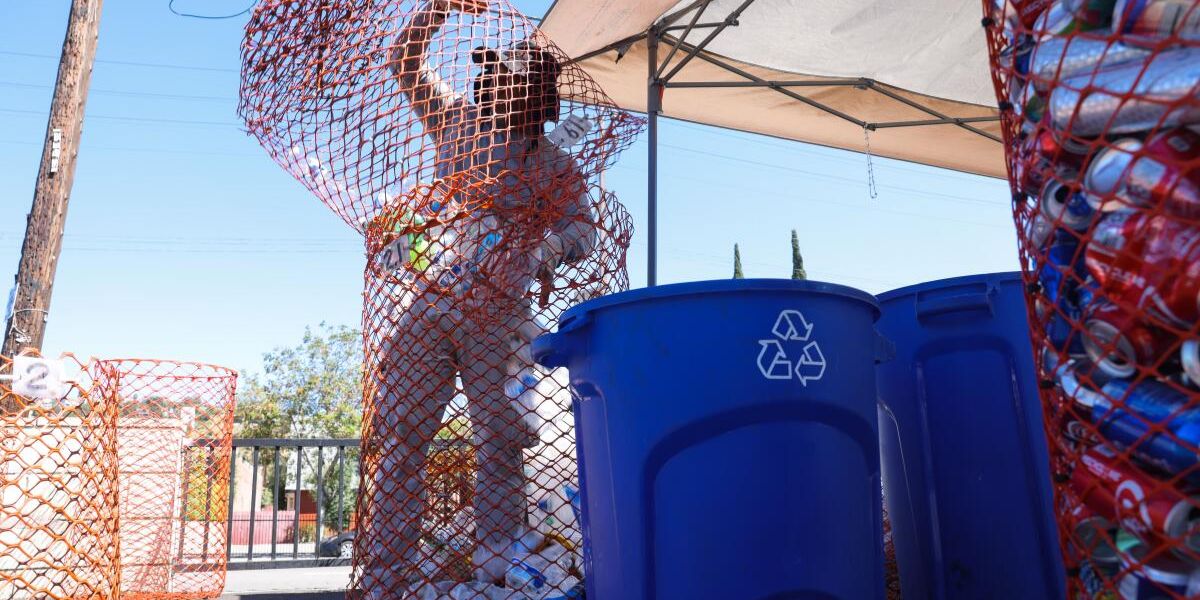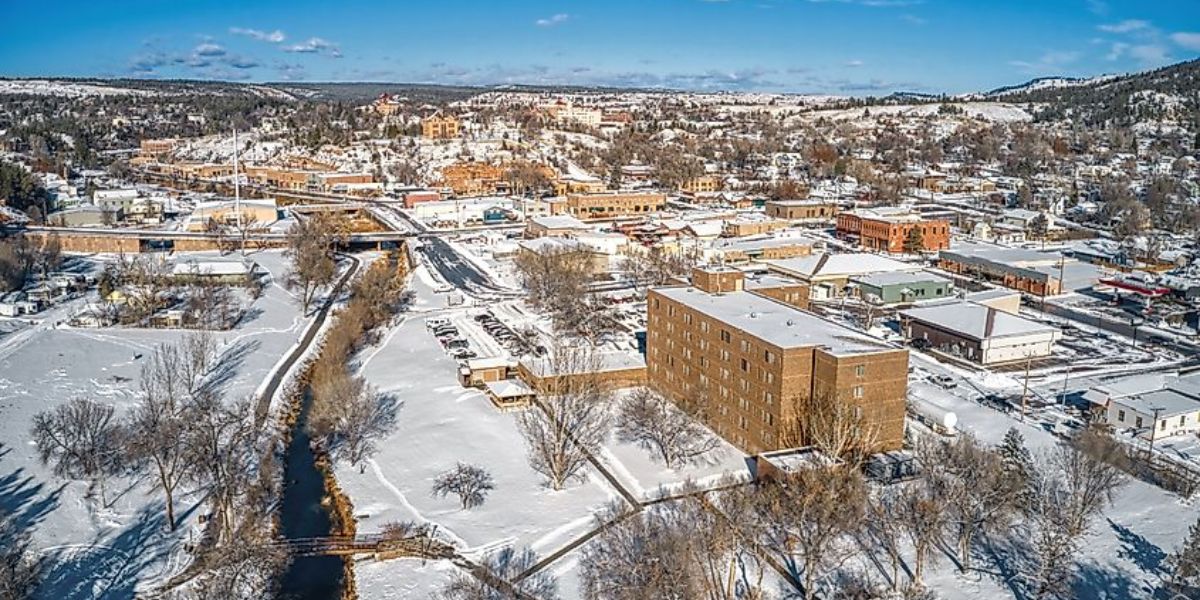Red-light cameras have stirred up debates across the U.S., and Arizona is no exception. These automated systems capture images of cars that run red lights, leading to citations and fines.
While some Arizonans believe these cameras save lives, others argue they invade privacy and act as a cash cow for cities.
Here’s what you need to know about where Arizona stands on red-light cameras in 2025.
Safety First: Are Red-Light Cameras Preventing Accidents?
Let’s start with the biggest reason these cameras exist: public safety.
Running red lights is a dangerous habit, especially in high-traffic areas like Phoenix, Tucson, and Mesa. These violations often cause T-bone collisions, which are among the deadliest types of crashes. Supporters argue that cameras:
- Deter drivers from risky behavior
- Improve intersection safety
- Encourage law-abiding driving habits
In fact, some studies show a drop in intersection accidents where red-light cameras have been installed. And in fast-growing urban areas across Arizona, many residents say they feel safer knowing reckless drivers are being held accountable.
Big Brother Vibes? Privacy Concerns Still Run Deep
Not everyone is sold on the cameras.
Critics worry that red-light cameras are just another way for the government to track and monitor everyday citizens. These systems often capture:
- License plate details
- Vehicle and driver images
- Location data and timestamps
In cities like Scottsdale and Chandler, some residents have spoken out about data security and how long these images are stored. There’s concern the footage could be used for reasons beyond traffic enforcement — including surveillance or data profiling.
Many are asking: If I haven’t broken the law, why should I be watched at all?
Cash Grab or Public Safety Tool?
Then there’s the money question — and it’s a big one.
Yes, red-light cameras improve safety. But they also generate a ton of revenue from fines. In some Arizona cities, these citations bring in hundreds of thousands of dollars each year.
This leads to a tough question:
Are cities using red-light cameras to prevent accidents, or to pad their budgets?
Some believe cities are placing cameras in locations more likely to catch violations, rather than in spots that need the most safety improvements. Others worry that lower-income drivers are hit hardest by the fines.
Finding the Right Balance: What Arizona Cities Are Doing
Across the state, there’s a push to make the use of red-light cameras more transparent and accountable. Here’s how some cities are working to restore public trust:
- Fines used only for traffic safety improvements — like better signage, signal upgrades, or driver education
- Time limits on data storage — so personal information isn’t kept indefinitely
- Clear signage before intersections — so drivers know cameras are in use
- Community input — public forums before installing new cameras
This approach aims to balance effective enforcement with respect for individual rights.
What Arizona’s Camera Debate Says About the Bigger Picture
Arizona’s red-light camera experience is part of a broader national conversation: How do we keep roads safe without sacrificing privacy or trust?
While the data shows these systems can reduce crashes, public concern over surveillance and city finances can’t be ignored. The key lies in transparency, fairness, and communication.
If Arizona continues to refine how it uses these cameras — focusing on safety, not profit — it could become a model for other states navigating the same tough questions.
📌 Key Takeaways for Arizona Drivers
- Red-light cameras are still active in many Arizona cities
- Supporters say they reduce accidents and save lives
- Critics fear constant surveillance and unfair revenue tactics
- Cities are working to improve accountability and transparency
- The debate isn’t over — but the future may be smarter, safer, and more balanced
💬 What’s your take? Are red-light cameras keeping us safe or crossing the line?

 by
by 

